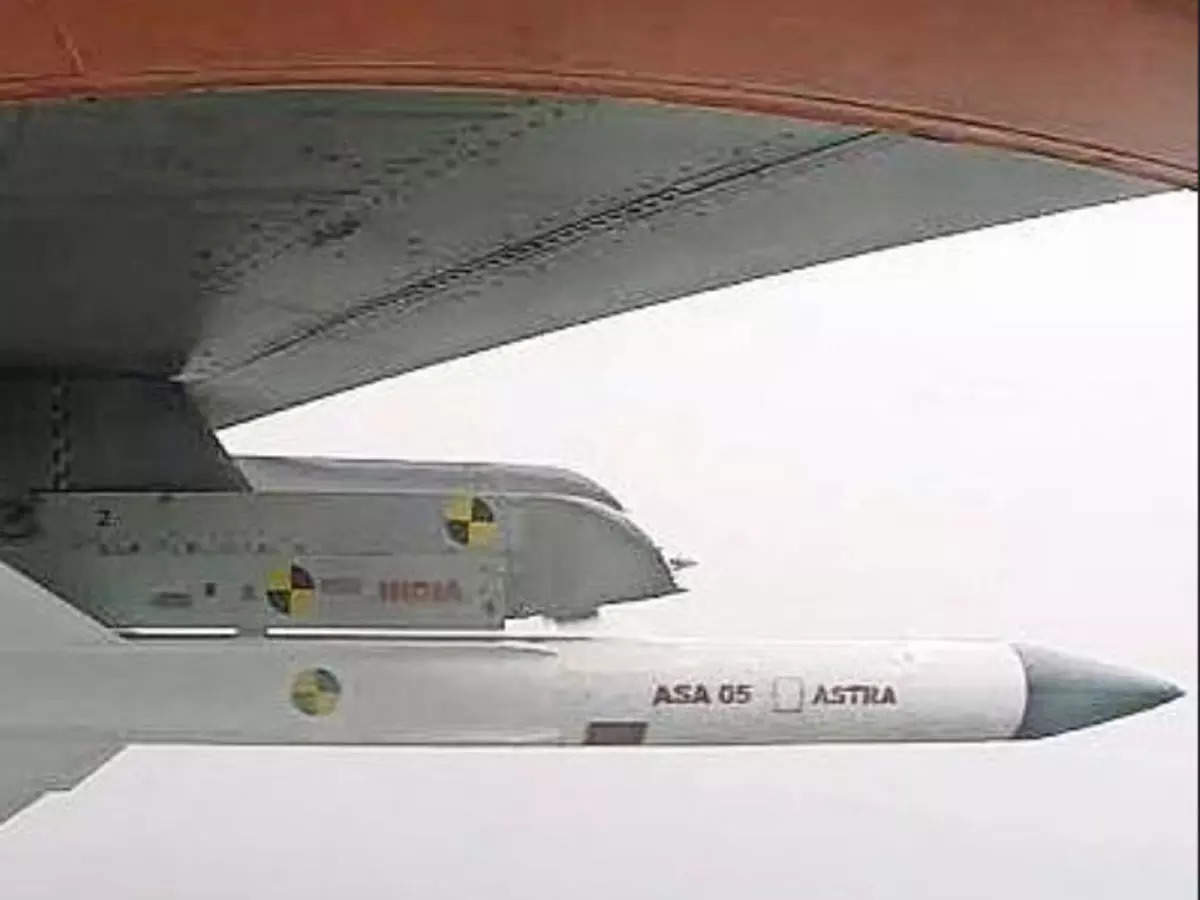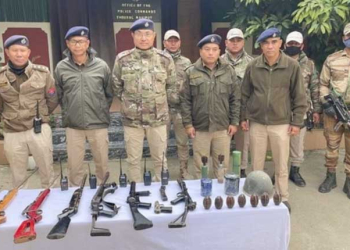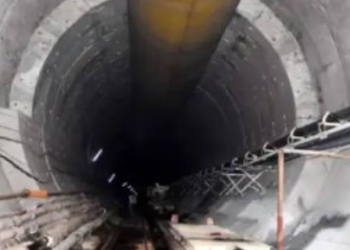New Delhi: The Defence Ministry’s announcement of signing a contract with Bharat Dynamics Limited (BDL) for supply of ASTRA MK-I Beyond Visual Range (BVR) Air to Air Missile (AAM) and associated equipment for the Indian Air Force (IAF) and the Indian Navy at a cost of Rs 2,971 crore is yet another major move towards manufacturing and maintenance of defence equipment to achieve the vision of ‘Make in India, Make for the World’.
ASTRA MK-I BVR AAM has been indigenously designed and developed by Defence Research and Development Organisation (DRDO) based on the staff requirements issued by the IAF catering for Beyond Visual Range as well as Close Combat Engagement reducing the dependency on foreign sources.
Until now, the technology to manufacture missiles of this class indigenously was not available.
Air-to-air missile with BVR capability provides large standoff ranges to fighter aircraft which can neutralise the adversary aircraft without exposing itself to enemy’s air defence measures, thereby gaining and sustaining superiority of the air space. This missile is technologically and economically superior to many such imported missile systems.
ASTRA MK-I missile and all associated systems for its launch, ground handling and testing has been developed by DRDO in coordination with the IAF. The missile, for which successful trials have already been undertaken by the IAF, is fully integrated on the Su 30 MK-I fighter aircraft and will be integrated with other fighter aircraft in a phased manner, including the Light Combat Aircraft (Tejas). The Indian Navy will integrate the missile on the MiG 29K fighter aircraft as well.
The project, which will act as a catalyst for development of infrastructure and testing facilities, essentially embodies the spirit of ‘Aatmanirbhar Bharat’ and will help facilitate realising the country’s journey towards self-reliance in this sector. It will also create opportunities for several MSMEs in aerospace technology for a period of at least 25 years.
In continuous pursuit to achieve self-reliance in defence manufacturing and minimise imports under ‘Aatmanirbhar Bharat’, the ministry’s Department of Defence Production (DDP) has already intensified the drive for indigenisation of defence items by its DPSUs. The progress is being reviewed on a weekly basis by Defence Secretary Ajay Kumar.
A comprehensive user-friendly dashboard on its SRIJAN Portal has also been developed to monitor the status of progress of indigenisation. This dashboard enables real-time end-to-end updates of various activities being taken up by the respective DPSUs during the process of indigenisation. It provides transparent information, analytics and various customised reports to assess the performance of the DPSUs.
Relevant information like details of items to be indigenised, tentative order quantity, concerned DPSU, route of indigenisation to be adopted, details of in-charge Nodal Officer, details of expression of Interests, Requests for Proposal, project sanction order, etc. have been kept in public domain to make it accessible to the industry.
The ministry believes that the move can become a game changer in intensifying the indigenisation process.
While addressing the three-day 39th Commanders’ Conference of the Indian Coast Guard (ICG) in New Delhi on Monday, Defence Minister Rajnath Singh had highlighted his ministry sanctioning a large number of projects, including acquisition of Pollution Control Vessels and mid-term Life Upgradation of Dornier Fleet, to modernise the ICG.
Flight test of indigenously developed helicopter launched anti-tank guided Missile ‘Helina’ being carried out from Advanced Light Helicopter at high-altitude ranges
“Today, the manufacturing and servicing/repairing of ships and aircraft of ICG is being done indigenously. The ICG is spending almost 90% of its capital budget on the development of indigenous assets,” Singh had said while appreciating the ICG’s efforts towards achieving ‘Aatmanirbhar Bharat’.
On May 27, the Defence Minister undertook a sea sortie on stealth submarine ‘INS Khanderi’ and witnessed a wide range of operational drills at Karwar strengthening the resolve of achieving ‘Aatmanirbhar Bharat’ as envisioned by Prime Minister Narendra Modi.
Singh had described ‘INS Khanderi’ as a shining example of the ‘Make in India’ capabilities of the country and appreciated the fact that 39 of the 41 ships/submarines ordered by the Indian Navy are being built in Indian shipyards.
(IANS)



















